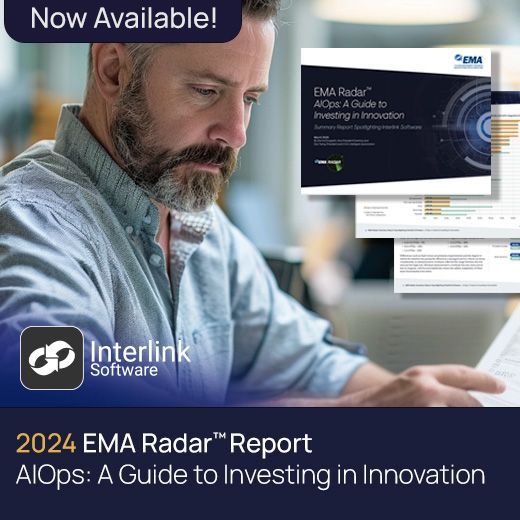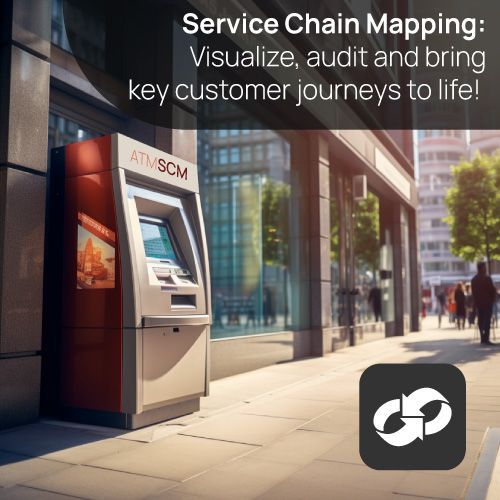Introducing: Alert Response as Code
Alert Response as Code is Interlink’s software-based, programmatic model for identifying incident alerts and driving an automated response. IT teams can automate the triggering of recovery processes that would otherwise involve running individual, manual steps across multiple applications, devices and operating systems.
Aligned to DevOps workflows and versioning, ARaC comes into its own when applied to managing the complexities of agile, multi-cloud environments where exploding volumes of events and alerts and dispersed monitoring put service availability at risk.
Where to start
We guide customers through a review of the most common production issues, reviewing their existing manual checklists and procedures, ones that typically involve laborious manual processes and inefficient toggling between tools.
Identifying issues programmatically
Understanding the dependencies between communications, security and your infrastructure is essential. The Interlink platform delivers self-maintaining Service Models enabling IT Ops to visualize:
- Issues across shared components - pinpointing where there may be a risk of the degradation in performance and availability of multiple services
- Clusters of alerts correlated to one or more service models
- Existing health check routines and recovery actions that are applicable to a single service or common across multiple services
These insights are the jumping off point for intelligently applying and triggering automated responses using Interlink’s
IT Workflow Automation software.
Working with the tools you already own and love
We integrate with the existing APM tools, applications and monitoring solutions you already use. Ingesting alerts from monitoring tools, grouping similar alerts into incidents enables ITOps staff and DevOps engineers to focus on the high-priority issues, presented in business context. REST APIs, or webhooks supply the raw events that we correlate to Service Models.
Interlink’s automation capability leverages domain specific tools and their native automation capabilities, to run server health checks, clear disk space, or a busy online shopping site that needs to be provisioned with additional cloud resource to meet customer demand.
When we define an automated alert response, we ensure that there is a timeout, if automation cannot resolve the issue in a timely fashion. We’d usually want to escalate, perhaps sending a notification to the on-call support engineer and business stakeholders through our Incident Alert management app, as well as raising an incident ticket.
Continuous improvement
As automated alert response capabilities mature we advocate customers continually examine their core technology stack and ongoing production issues and identify further scope to grow their automation library to cover additional business services and cloud environments.
Learn more here - IT Workflow Automation















